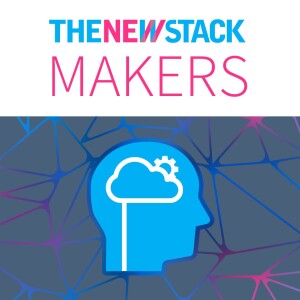
Jonathan Katz, a principal product manager at Amazon Web Services, discusses the evolution of PostgreSQL in an episode of The New Stack Makers. He notes that PostgreSQL's uses have expanded significantly since its inception and now cover a wide range of applications and workloads. Initially considered niche, it faced competition from both open-source and commercial relational database systems. Katz's involvement in the PostgreSQL community began as an app developer, and he later contributed by organizing events.
PostgreSQL originated from academic research at the University of California at Berkeley in the mid-1980s, becoming an open-source project in 1994. In the mid-1990s, proprietary databases like Oracle, IBM DB2, and Microsoft SQL dominated the market, while open-source alternatives like MySQL, MariaDB, and SQLite emerged.
PostgreSQL 16 introduces logical replication from standby servers, enhancing scalability by offloading work from the primary server. The meticulous design process within the PostgreSQL community leads to stable and reliable features. Katz mentions the development of Direct I/O as a long-term feature to reduce latency and improve data writing performance, although it will take several years to implement.
Amazon Web Services has built Amazon RDS on PostgreSQL to simplify application development for developers. This managed service handles operational tasks such as deployment, backups, and monitoring, allowing developers to focus on their applications. Amazon RDS supports multiple PostgreSQL releases, making it easier for businesses to manage and maintain their databases.
Learn more from The New Stack about PostgreSQL and AWS:
PostgreSQL 16 Expands Analytics Capabilities
Powertools for AWS Lambda Grows with Help of Volunteers
How Donating Open Source Code Can Advance Your Career
More Episodes
 2022-05-03
2022-05-03
 2022-03-29
2022-03-29
 2022-03-01
2022-03-01
Create your
podcast in
minutes
- Full-featured podcast site
- Unlimited storage and bandwidth
- Comprehensive podcast stats
- Distribute to Apple Podcasts, Spotify, and more
- Make money with your podcast
It is Free
- Privacy Policy
- Cookie Policy
- Terms of Use
- Consent Preferences
- Copyright © 2015-2024 Podbean.com






